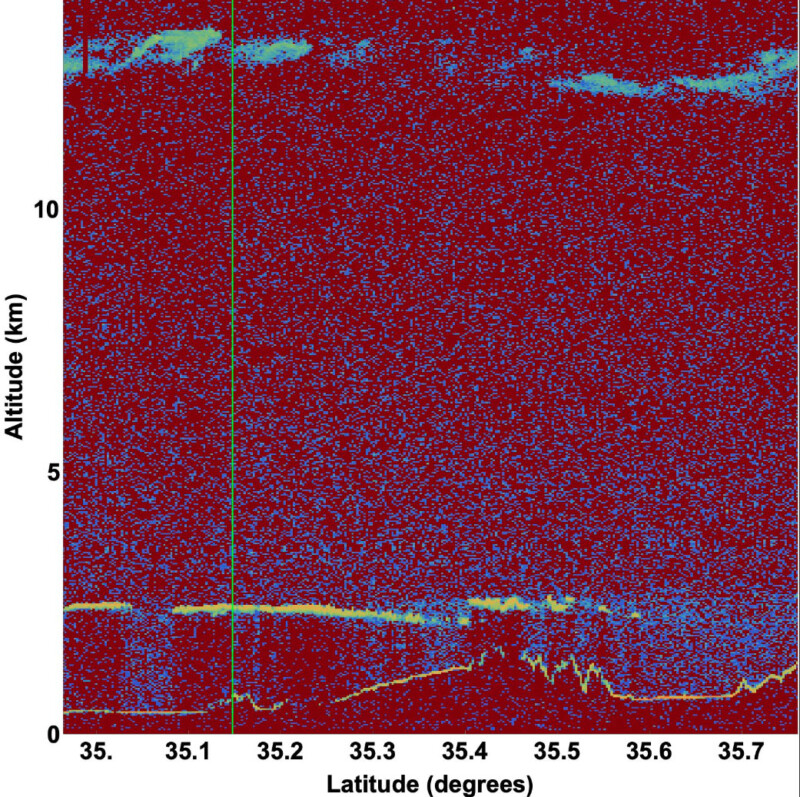Astronomer Captures NASA’s Mysterious Green Laser Beams
A homemade motion detection camera has become the first instrument on Earth to capture NASA’s enigmatic ICESat-2 satellite firing laser beams at Earth.
Daichi Fujii, director of the Hiratsuka City Museum, captured three dazzling green lights streaking across the night sky last September — something the Japanese astronomer had never seen before.
![]()
And when Fujii looked closer, he realized that as the beams raced across the sky a tiny green dot briefly appeared in the clouds above.
The flashing dot gave Fujii a clue that it was a satellite so he checked the oribtal data and found that NASA’s Ice, Cloud, and Land Elevation Satellite 2, or ICESat-2 for short, was overhead that night.
The amazing footage marks the first time that the ICESat-2 team has ever seen footage of the satellite’s green later beams from Earth. Talented Fujii also recently captured a meteorite crashing into the Moon last month.
“ICESat-2 appeared to be almost directly overhead of him, with the beam hitting the low clouds at an angle,” says Tony Martino, ICESat-2 instrument scientist at NASA’s Goddard Space Flight Center in Greenbelt, Maryland.
“To see the laser, you have to be in the exact right place, at the right time, and you have to have the right conditions.”
What are the Laser Beams?
The ICESat-2 satellite uses lidar to measure the height of Earth’s ice, water, and land surfaces from space. Its laser instrument fires 10,000 times a second, sending six beams to Earth to measure how long it takes individual photons to bounce off the surfaces and come back to the satellite.
The program calculates ice losses from Greenland and Antarctica, observes how much of the polar oceans are frozen, determines the heights of freshwater reservoirs, maps shallow coastal regions, and more.

NASA says the laser light is not harmful and is incredibly tricky to spot. People have attempted to photograph it in the past with limited success, Martino explains that cameras need the laser light to reflect off something to see the beam.
On the night Fujii’s camera captured the lasers, there were enough clouds to scatter the laser light which made it visible to the camera, but not so many clouds that the light was blocked altogether.
Martino adds that if a person stood directly beneath the satellite and looked up, the laser would have the strength of a camera flash more than 100 yards away.
Image credits: Courtesy of Daichi Fujii and NASA.